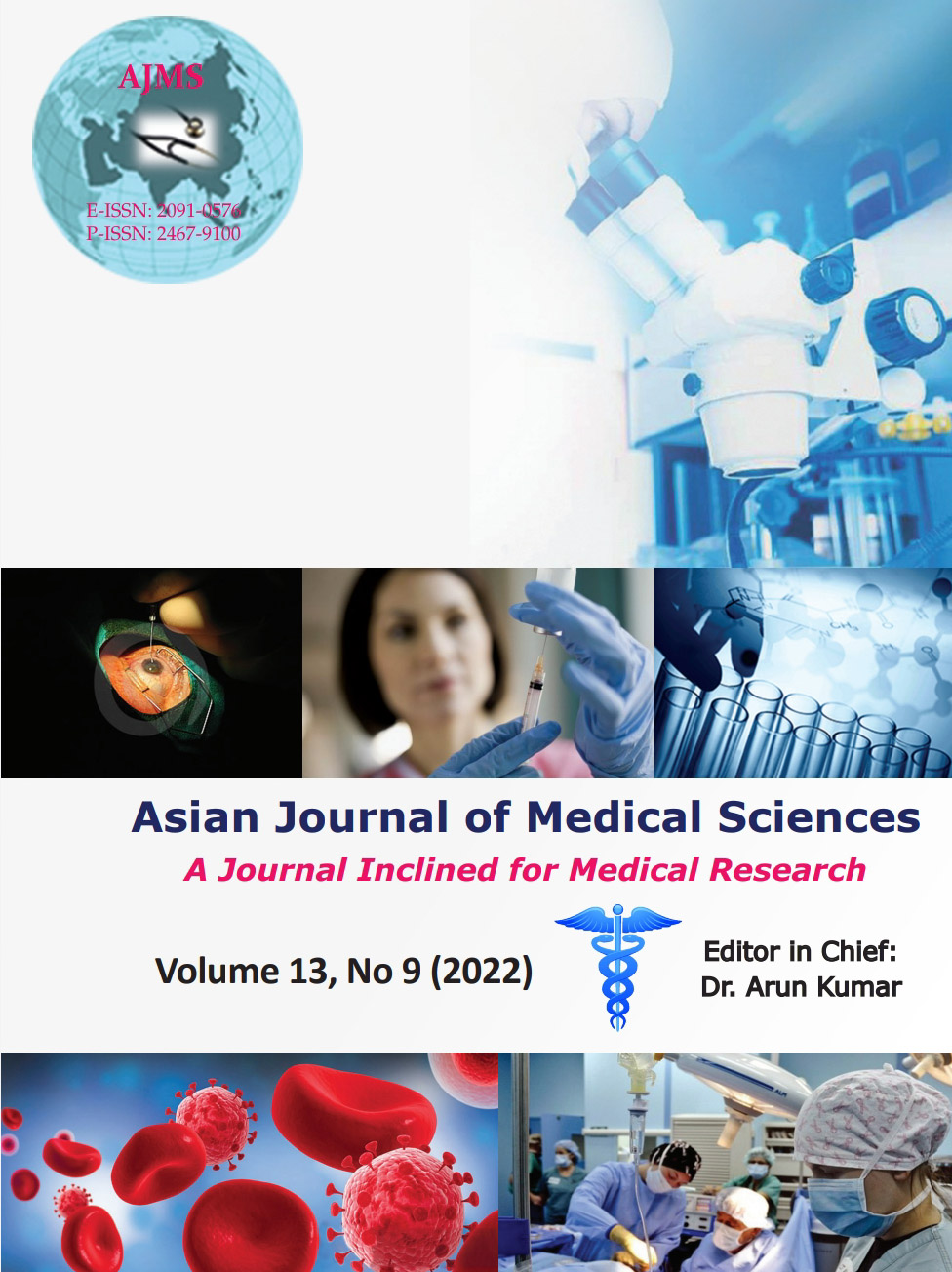Management of both bone forearm fracture using titanium elastic nailing system in pediatric age group
Keywords:
Conservative; Forearm; Fractures; Internal fixation; Pediatric; Titanium elastic nailing systemAbstract
Background: The management of pediatric forearm fracture has been a dilemma to surgeon. Conservative treatment with cast still is the preferred treatment. Never the less old children and proximal fracture warrants some form of internal fixation.
Aims and Objective: The aims of this were to analyze the role of titanium elastic nailing system in fixation of pediatric forearm fractures and its associated complications.
Materials and Methods: Over 3 years, 103 patients were enrolled in our institute. After obtaining consent and preanesthetic check-up, patients were scheduled for surgery, where internal fixation was done using titanium elastic nailing system. Patients were followed up every month for 3 months and then every 3 months interval for 8 months. The time to union and functional score were assessed using modified Flynn score.
Results: Among the 103 patients, 63 (61.16%) were in the age group of 7–13 years. Mean age was 11.72±3.50 years (range 4–18 years). Seventy-eight (75.72%) patients were male and fall from height was the most common 66 (64%) mode of injury. Radiological union occurred in most 54 (52.42%) of the patients at average 5–7 weeks. As per the modified Flynn criteria, 82 (79.61%) cases had excellent functional outcome, 11 (10.67%) cases good, 4 (4.12%) fair, and 6 (5.82%) had poor outcome. Neuropraxia was seen in 8 (7.76%) cases and rupture of extensor pollicis brevis was seen in 4 (4.12%) patients and treated accordingly. All the patients regained full functional recovery.
Conclusion: TENS is an effective, safe, reliable, and easily reproducible technique for the management of pediatric forearm fractures. It has advantage of preserving the fracture hematoma, providing relative stability to ensue early rehabilitation and minimally invasive nature.
Downloads
Downloads
Published
How to Cite
Issue
Section
License
Copyright (c) 2022 Asian Journal of Medical Sciences

This work is licensed under a Creative Commons Attribution-NonCommercial 4.0 International License.
Authors who publish with this journal agree to the following terms:
- The journal holds copyright and publishes the work under a Creative Commons CC-BY-NC license that permits use, distribution and reprduction in any medium, provided the original work is properly cited and is not used for commercial purposes. The journal should be recognised as the original publisher of this work.
- Authors are able to enter into separate, additional contractual arrangements for the non-exclusive distribution of the journal's published version of the work (e.g., post it to an institutional repository or publish it in a book), with an acknowledgement of its initial publication in this journal.
- Authors are permitted and encouraged to post their work online (e.g., in institutional repositories or on their website) prior to and during the submission process, as it can lead to productive exchanges, as well as earlier and greater citation of published work (See The Effect of Open Access).




